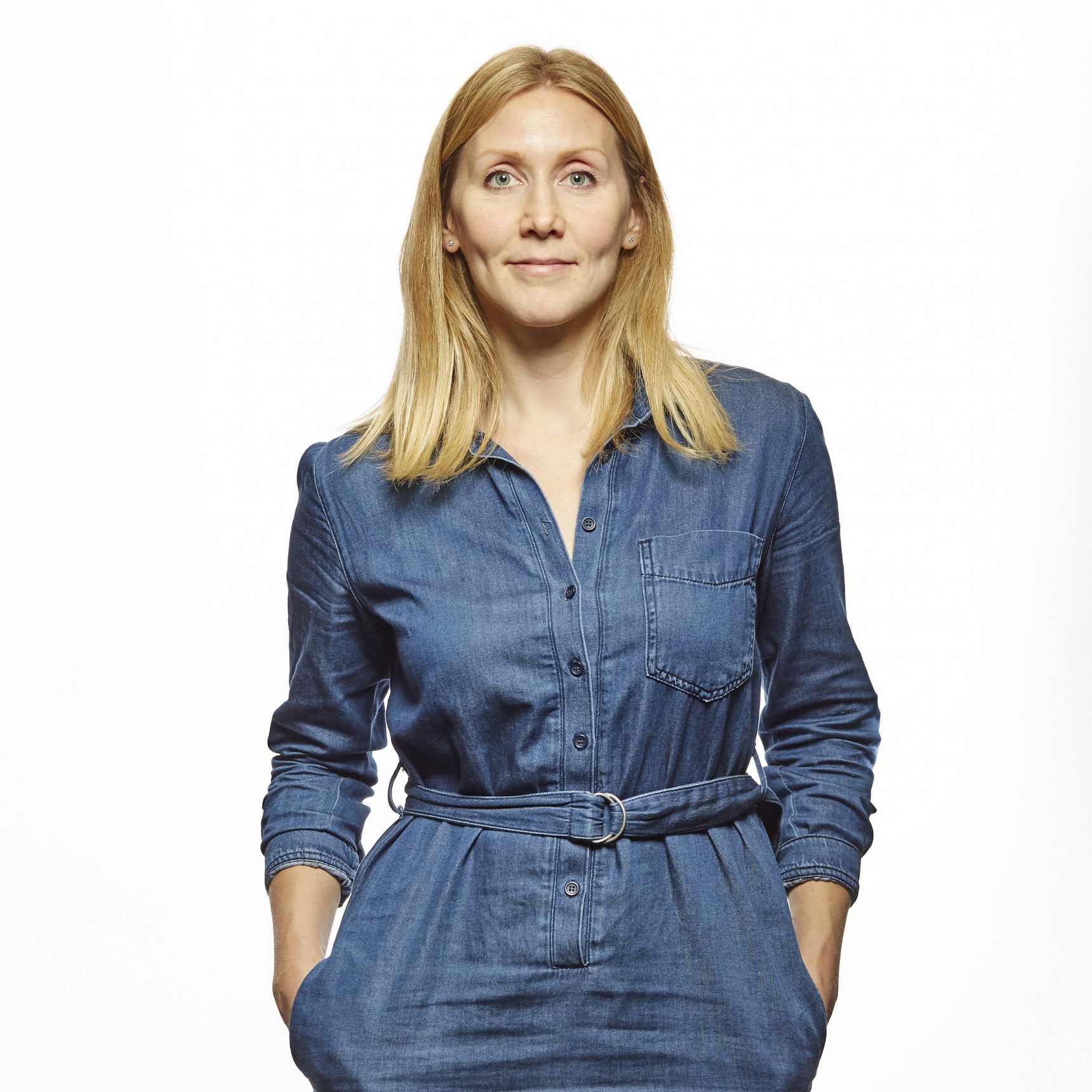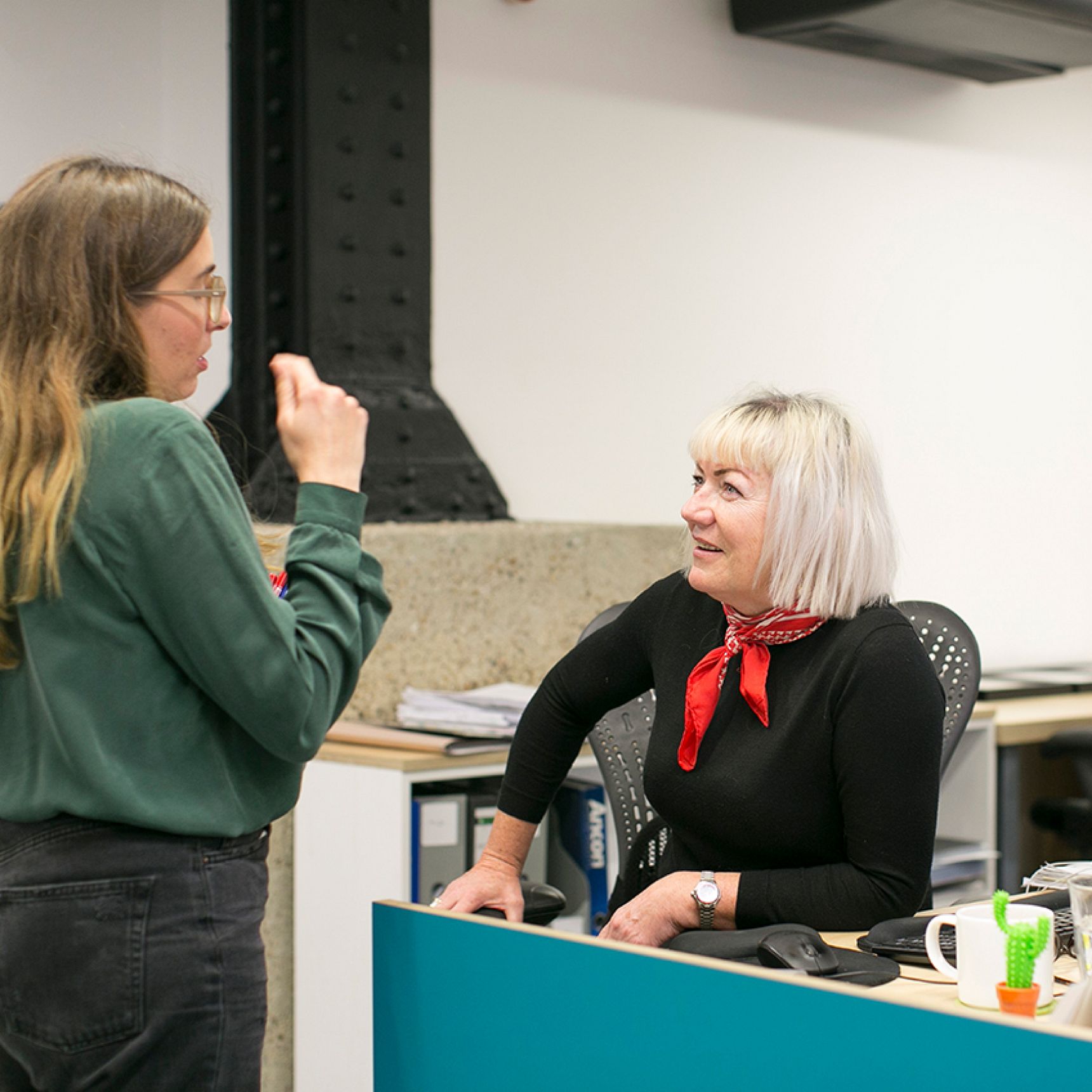
This year’s International Women’s Day theme is ‘Choose to Challenge’, a theme which asks us all to challenge gender bias and call out inequality. For me, this has come as a welcome opportunity to reflect on the attitudinal shifts I’ve seen throughout my career and consider what I would #ChoosetoChallenge.

I started my career working in fashion, having completed my degree in textile design. After a couple of years, I realised the culture wasn’t quite right for me and decided to explore admin-based roles and recruitment. Before joining HTS I worked for architecture practices such as Sheppard Robson, Zaha Hadid and WilkinsonEyre, doing a mixture of PA, office management, recruitment and HR roles. I really fell in love with the industry and the human side of these roles, wanting to make sure people’s working experience is the best it can be.
I’ve been working in the built environment sector for over 10 years now and I think that in that time there’s been some incredible changes. The Black Lives Matter movement, which gained global recognition last year, has really pushed the industry to wake up and there have been some positive moves, from companies publishing their diversity actions and remodelling their recruitment processes to a general awareness that attitudes and actions towards diversity do need to change.
I also think there’s been a huge focus on encouraging and promoting females in construction which is really positive.
There’s lots of work going on from grassroots campaigns to national initiatives, encouraging women into STEM roles and I think we’re starting to see a change. We’re getting more and more female applicants through our door and seeing more women in high powered positions. But there is still a way to go.
Equality should include diversity in all forms, and I think every industry still has a lot of work to do to address the ingrained problems and issues. I’m currently training for a CIPD HR qualification and a lot of my reading is on strategies for developing and improving the gender and diversity balance. I’m learning a lot and bringing this back into practice with my work at Heyne Tillett Steel.
HTS is already very good at what they do in terms of trying to attract more female engineers. I think we have quite a unique culture; at HTS we want to push everything that we do to be the very best and that includes our working environment. Last year we founded an inclusivity and diversity working group, with members including engineers, directors, marketing and support staff. For me, it’s been a great opportunity to learn from those that I work with every day on issues I’m less familiar with. We’re looking at a number of new initiatives for the practice such as implementing unconscious bias training, launching a new placement programme targeted at supporting local students from disadvantaged backgrounds and strengthening our work with local schools. We want to ensure that we use our skills and knowledge to give back and encourage people from all backgrounds and especially young women to consider a career in engineering.


#ChoosetoChallenge is a brilliant way to get us thinking about how we can continue to work towards gender parity. Personally, it’s turned my attention to the changes we’re starting to see as a result of Covid. While the pandemic has been uniquely challenging for us all, I think that it has accelerated really important changes in workplace culture for working parents and working mothers. I think we will start to see more flexibility in working patterns which would really help parents, and women to move up the career ladder. I follow some really inspiration women on Instagram who are leading the charge for these changes. Journalist Anna Whitehouse AKA Mother Pucker is amazing and runs a campaign called Flex Appeal which lobbies for flexible working and creative shift patterns, which is gaining national recognition. There are lots of women putting themselves out there who are publicly campaigning for equality across the world which I find truly inspirational.
I also really hope to see the gender pay gap reporting published this year. This was cancelled last year due to the huge change in working patterns as a result of Covid, but I think that it’s a vital resource that provides an honest look at where we are in the fight to achieve equality in the workplace.